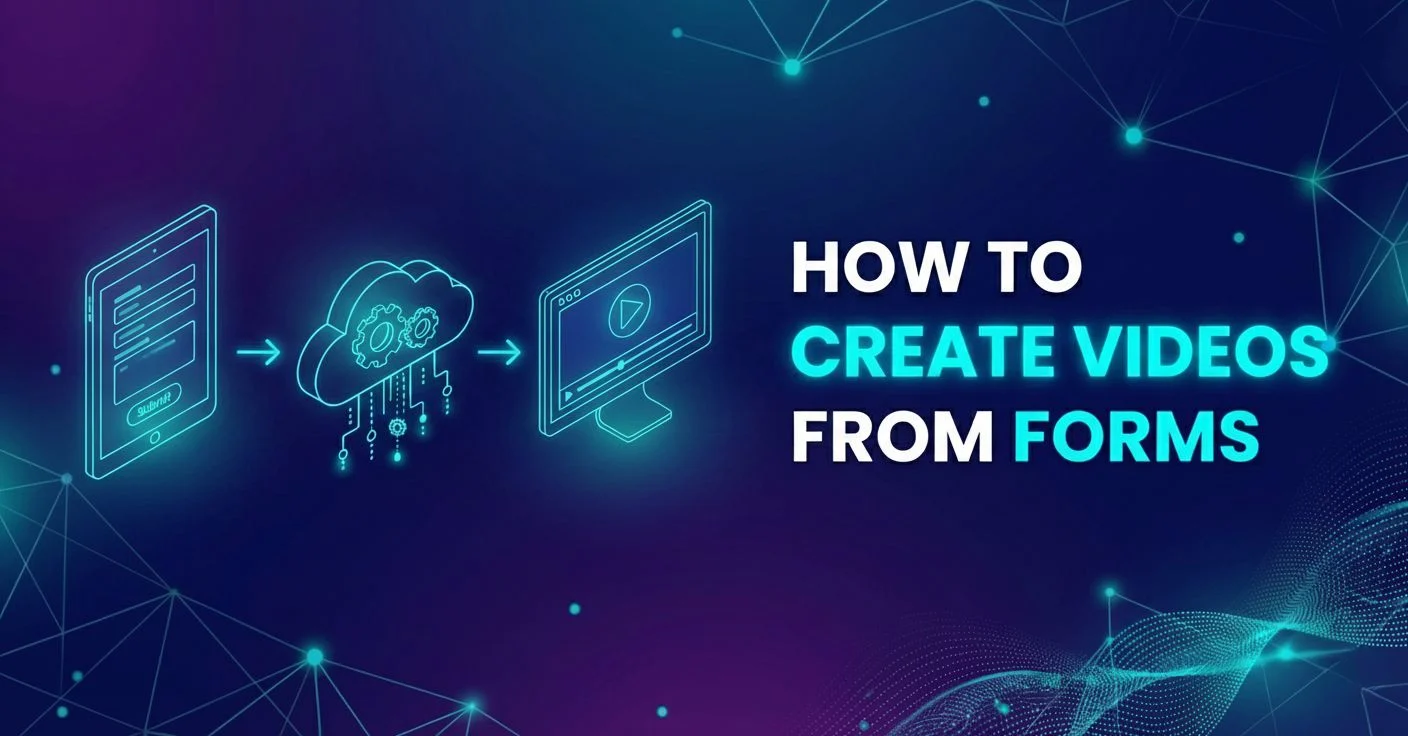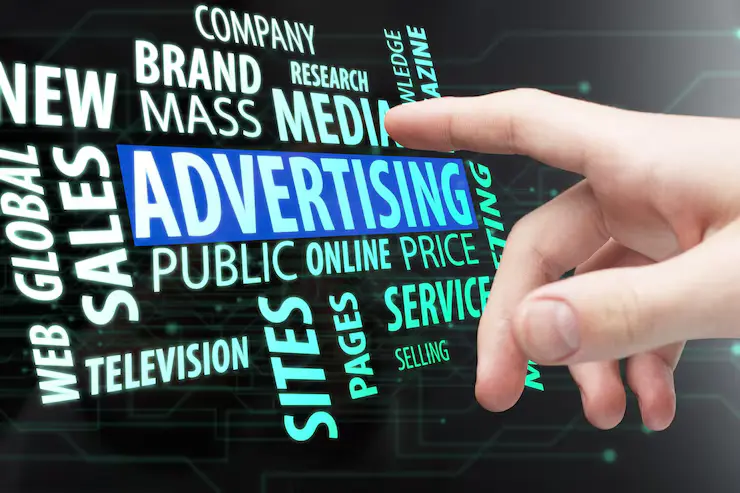I compared 3 different personalized video API solutions so you don’t have to

If you’re looking into personalized video API solutions and trying to figure out which one would be the best choice for your business, you’ve come to the right place. Full disclosure: I’m a tech guy who created Plainly, a tool that allows you to create personalized videos on autopilot. This doesn’t mean however that I don’t appreciate what the competition is doing or that I’ll try to backlash against other companies.
On the contrary, I believe that the market is big enough for everyone. If you’re interested in APIs, you’re likely a tech guy or a tech gal, which means you won’t mind getting down to the nitty-gritty of comparing top personalized video API solutions.
I’ll focus on explaining how different APIs work and what would be the next step you can take if you decide that automating personalized videos is something you should invest in.
Personalized video API by Idomoo
The first one I’ll be analyzing is the personalized video API by Idomoo. Idomoo’s API is based on standard RESTful protocols. It can be implemented using several different programming languages and it consists out of two parts:
- Metadata API
- Generate API
The Metadata API enables you to enquire all of the info you might need about storyboards, landing pages, scenes, and your account. You can also upload scenes if you want, and scenes are an integral part of Idomoo’s product.
Scenes are building blocks of storyboards. You’ll get storyboards by stitching scenes together, and the scenes are exported directly from After Effects with Idomoo’s AE plugin. A downside of this workflow is that you can’t use all of the capabilities of After Effects. Since Idomoo needs to convert the After Effects compositions into scenes, you have a few limitations - but Idomoo still did a good job by giving resources on how to overcome this.

Storyboards are what you’ll export. These are basically your video. And you’ll export them by using the Generate API, which works in two main ways:
Firstly, you can do so using a pre-made storyboard.
Idomoo has a Storybuilding Suite that will allow you to join scenes you created in After Effects into a storyboard and then export it using Generate API.
Apart from scene joining, you’ll also be able to set dynamic elements of your video inside of Storybuilding suite. In order to make an element dynamic, and be able to swap it out via the API the first step would be to create a placeholder for all dynamic elements inside your After Effects project. Those elements will later show up inside of the Storybuilding suite and you can make them dynamic (turn them into parameters).
Secondly, you can choose to edit storyboards on-the-fly.
In this case, developers are responsible for handling the scene selection logic, data, and artistic decisions. This will allow you to add a pool of scenes to your project, and then create scene choosing logic based on the customer data (gender, age…etc) that will personalize not only single video elements (text, image..etc) but also video scenes.

Who is Idoomo for: Enterprises
What I liked about Idoomo: The ability to create scene selection logic
What I didn’t like about Idoomo: Not being able to use all After Effects functionalities, their UI, and the unnecessary steps in the setup. The whole flow with After Effects placeholders, scenes, and storyboards is messy
Personalized video API by Moovly
Among many other things, Moovly offers has their Automator product. It’s pretty much a personalized video API. After you sign up and get all of the credentials in order, you’re ready to start automating.
In order to use Moovly, you have to either use one of their own pre-defined video templates or you can create your own.
Moovly requires that users create templates in their native video creator. This means that you can’t use After Effects which is typically a tool that you and your team are familiar with. Moreover, this means that you’re limited to creating very basic videos without fancy effects or 3D. Not to mention that using a native editor means you have to learn a new tool, like setting up API wasn’t enough.
After you sort out templates, their video creation API is pretty similar to Idomoo. You’ll be able to call the Idomoo Automator API with a JSON payload which will reference the template and the elements you want to dynamically change.
In comparison to Idomoo, you don’t have to create scenes and storyboards - which is what i like.
But also, in Moovly you can’t use After Effects…so you get some and lose some. With Moovly, you don’t have to specifically enable dynamic elements, since you’re using their own video editor – all of the elements can be dynamic and the only thing you need to get is the element ID which you’ll add to the JSON payload.

One interesting thing about Moovly API is that you can create multiple videos with a single API call. For me personally it makes more sense to have one request per video, but it’s good to know that you can also do that.
Since Moovly doesn’t use After Effects, you’re also limited with the variable elements. Although you can personalize text, images, sound and video…you can’t personalize colors. So if you wanted to add color personalization, you’ll have to look for another tool.
If you link up your Youtube or Google Drive you can directly upload the finished videos to those channels. They also did an interesting thing regarding credits. When you reach your limit, you can either contact Moovly to upgrade your render package or ask them to enable surcharging and create renders on demand.

Who is Moovly for: Enterprises
What I liked about Moovly: Not having to create dynamic elements in the template phase
What I didn’t like about Moovly: Not being able to use After Effects
Personalized video API by Plainly
When I worked on Plainly, I had one main goal in mind: I wanted to bring video automation to non-enterprise companies. This eventually led to creating a simple 3-step process for setting up a personalized video API:
- Create a video template
- Set up a Plainly project
- Create your automation
Templates are created in After Effects, which means you have full control over the visual feel, dimensions, and duration of the video.
Once you upload the video template to Plainly, you’ll get to choose your dynamic elements through our simple Web App (e.g. text, images, colors, videos, audios).
Finally, after you set up the project, you’ll get the API info. Finished video links get sent to your webhook.
Yep, it’s that easy.

Typical uses of personalized video API by Plainly include:
- Adding video creation functionality to your product
- Creating personalized user-generated video content
- Video automation and personalization at scale
The main value you get? Instead of building a video creation functionality from scratch, you can leverage personalized video API by Plainly, save money, and precious dev time. Works like a charm.
Plus, you can enjoy unlimited scalability. Render as many parallel renders, and as many videos as you need. Thanks to our render scaling tech, you have nothing to worry about.
Who is Plainly for: Mid-market companies, smaller businesses
What I like about Plainly: It is simple, intuitive, and user-friendly. We wanted to enable you to automatically create hundreds of videos from a single template and save countless hours of video production. Additionally, we knew how important it is for you to use tools that are considered to be the industry standard, which is why our personalized video API templates can be created in After Effects.
Ready to try personalized video API? You might as well start now
You can only evaluate so much by reading and learning about different personalized video API solutions. To really understand how things work, you need to try it. I know that you care about API functionality as much as you care about the learning curve, so why not give it a go and see for yourself?
With Plainly, you can create a template, set up your video personalization tool, and integrate video personalization API into your workflow. There’s no catch, it’s really that simple.
I have some good news for you: Plainly has a free plan that you can utilize for testing and you can use it right after the demo. Book a demo, tell me about your project or challenges, and enjoy testing personalized video API right after our 15-min call.





